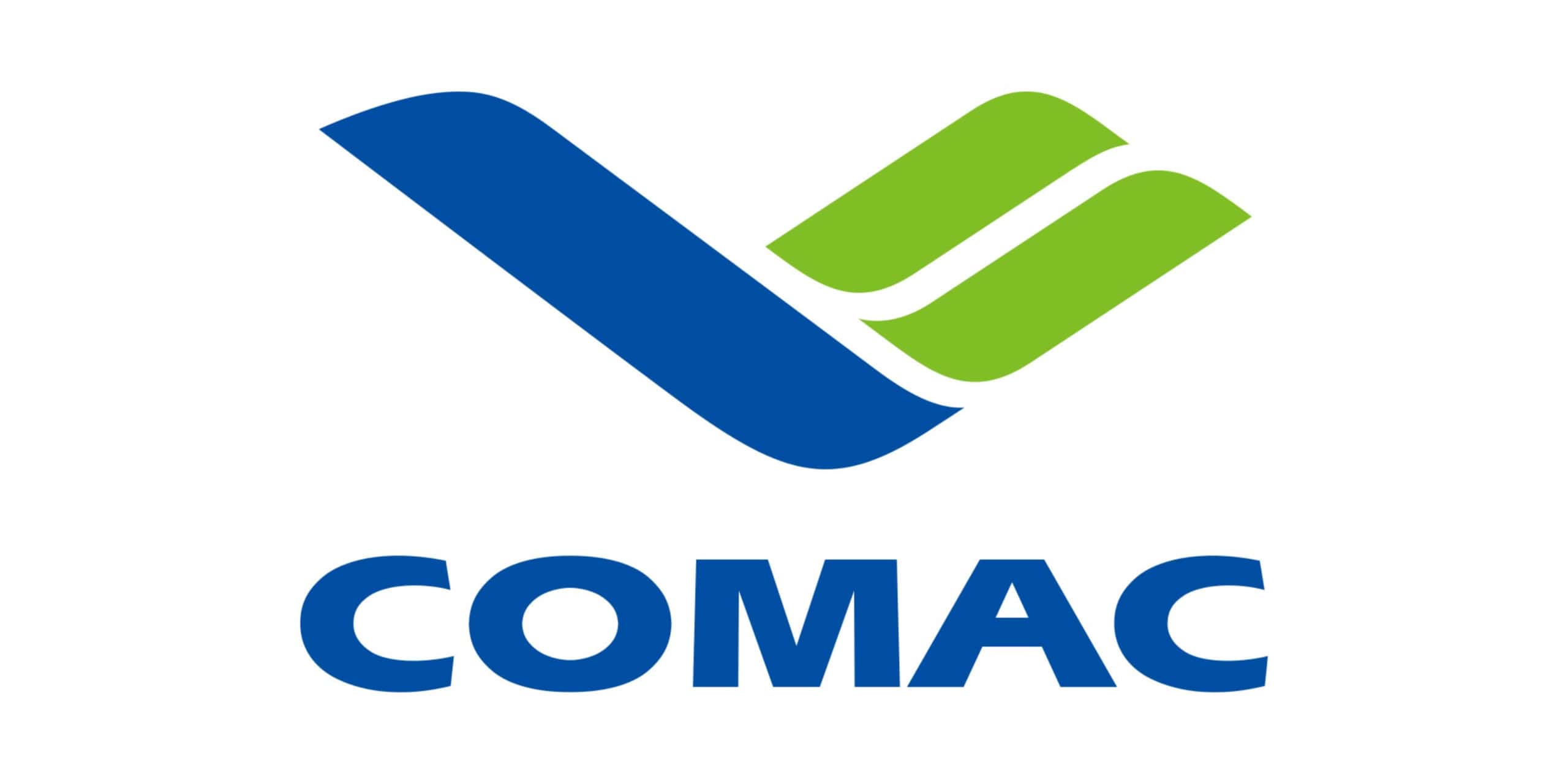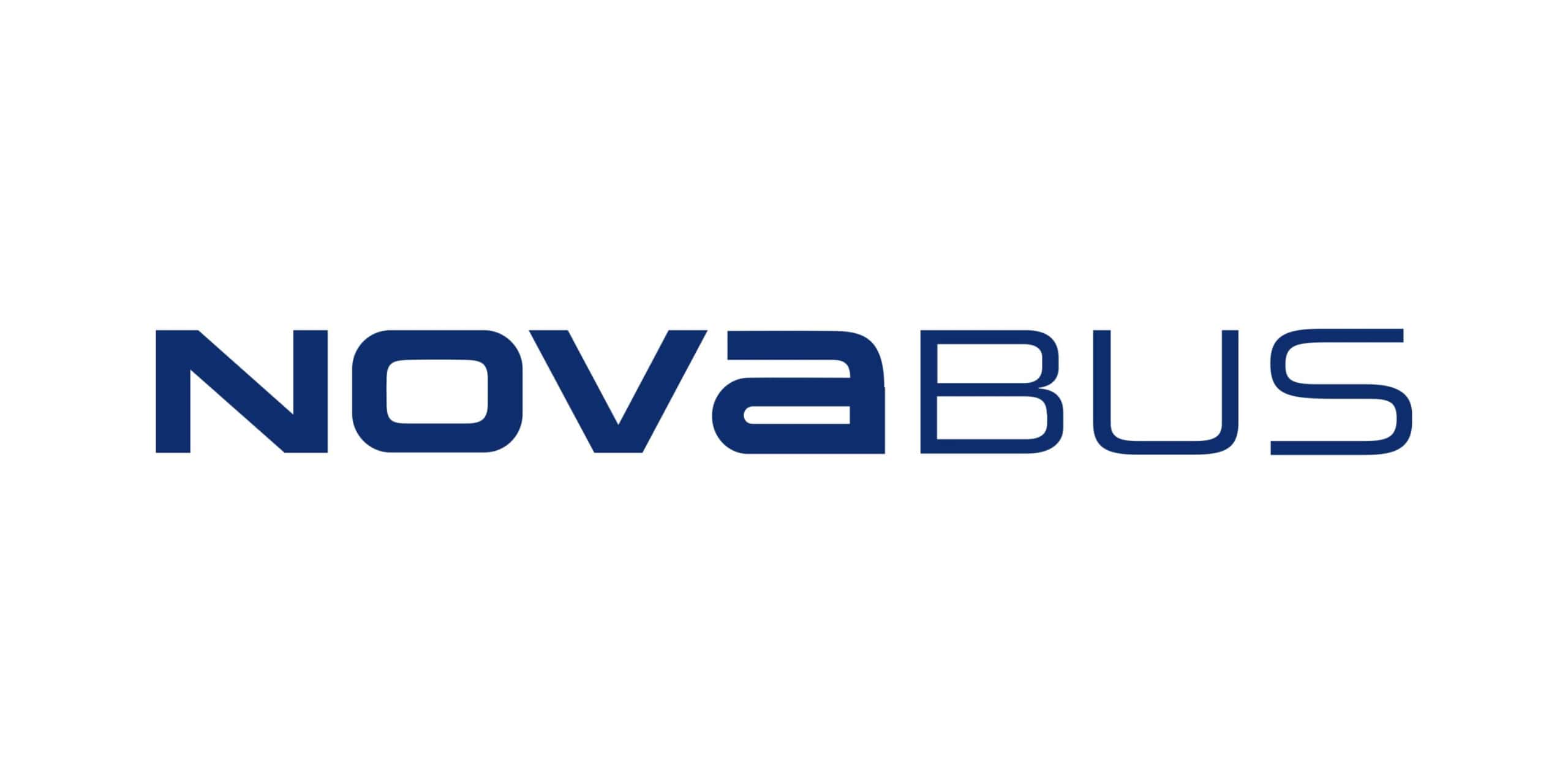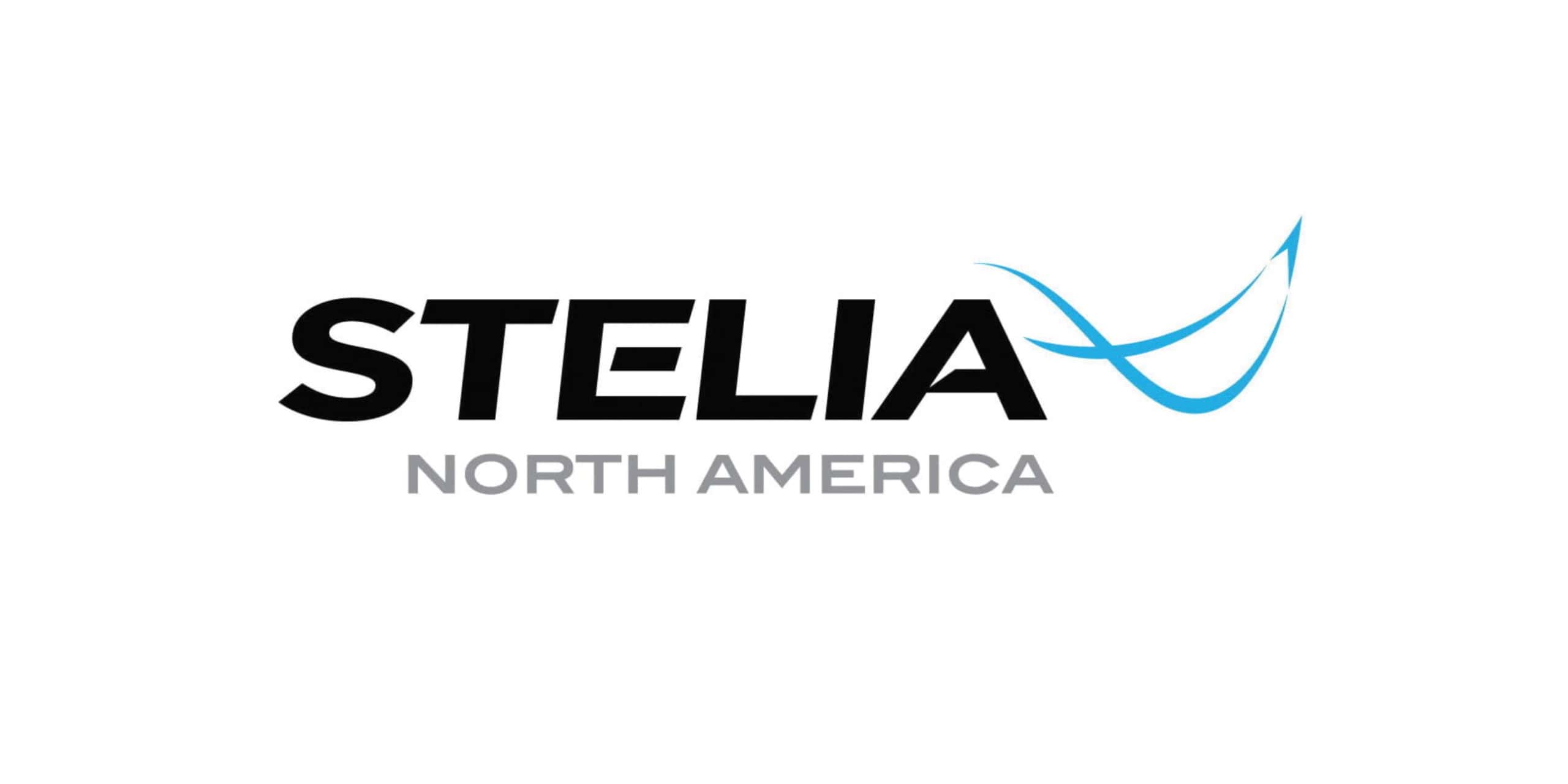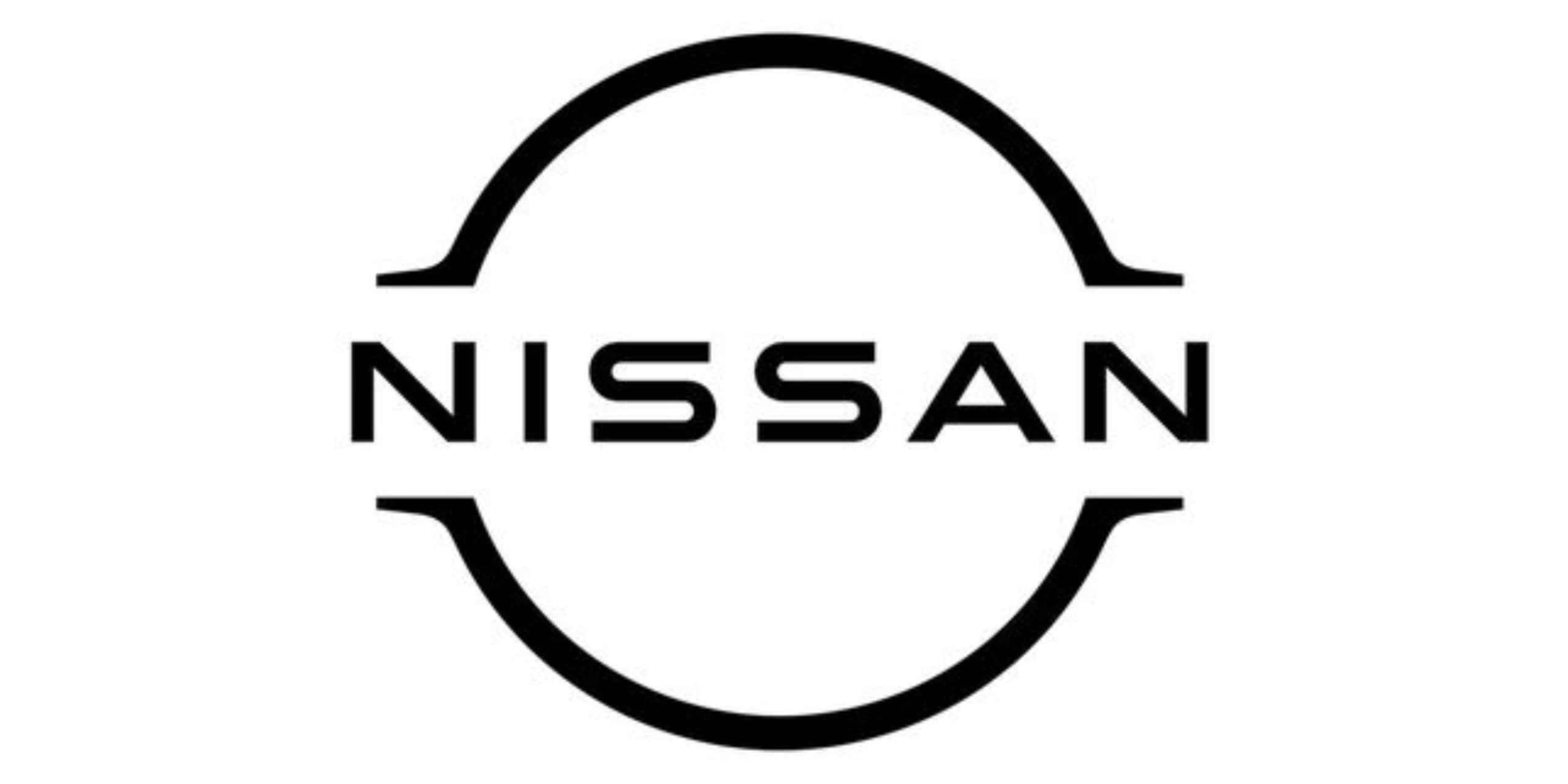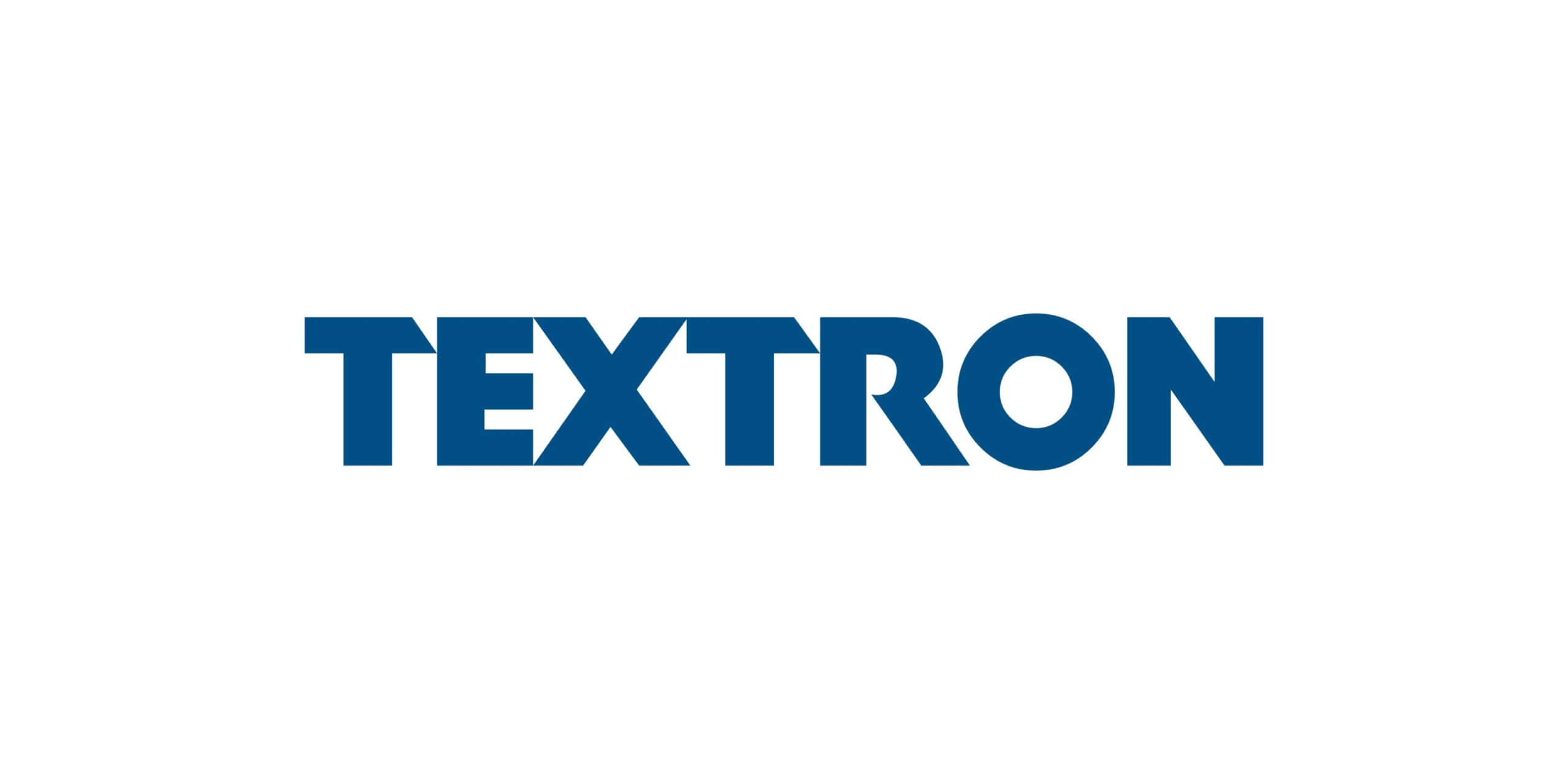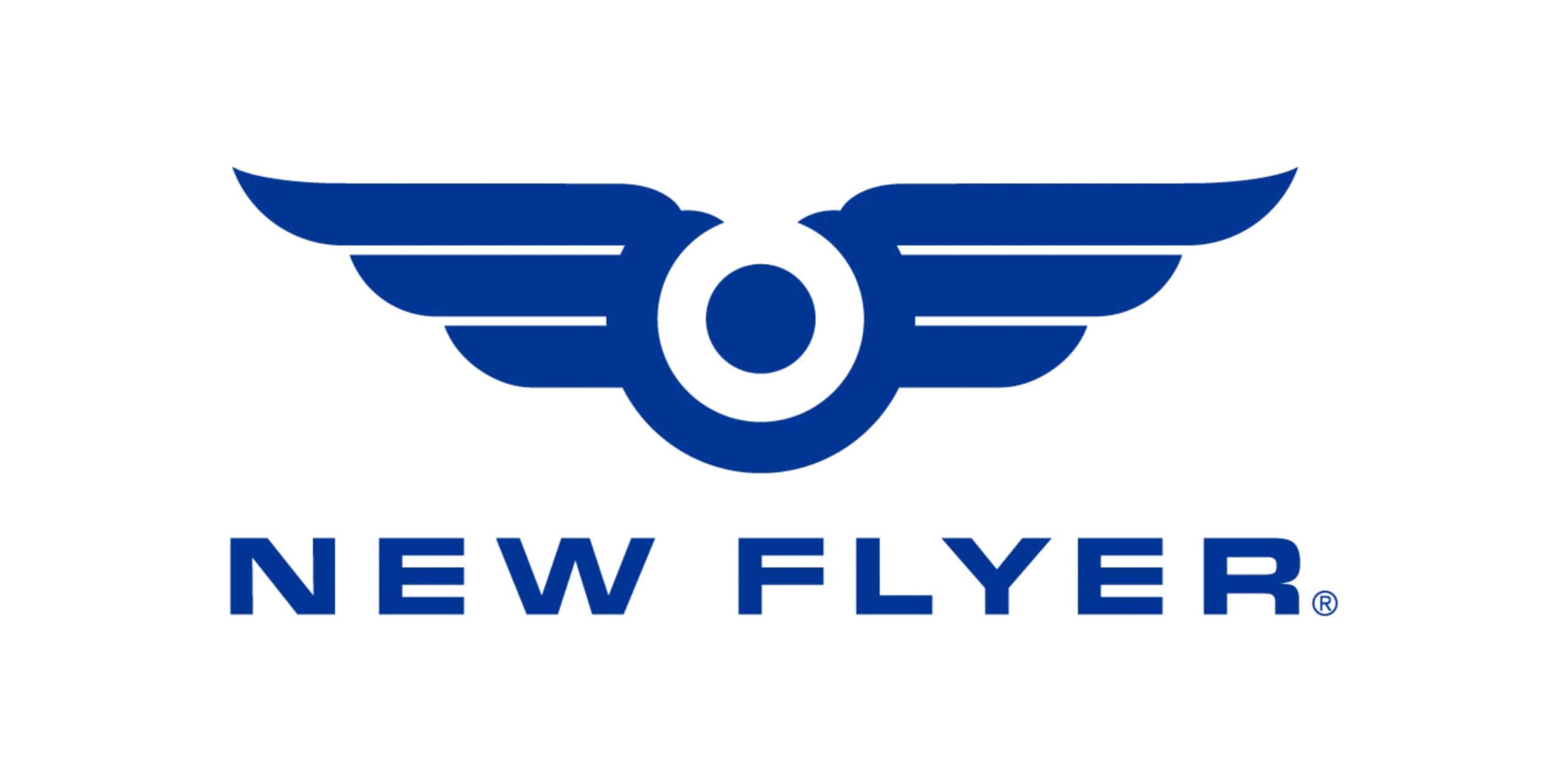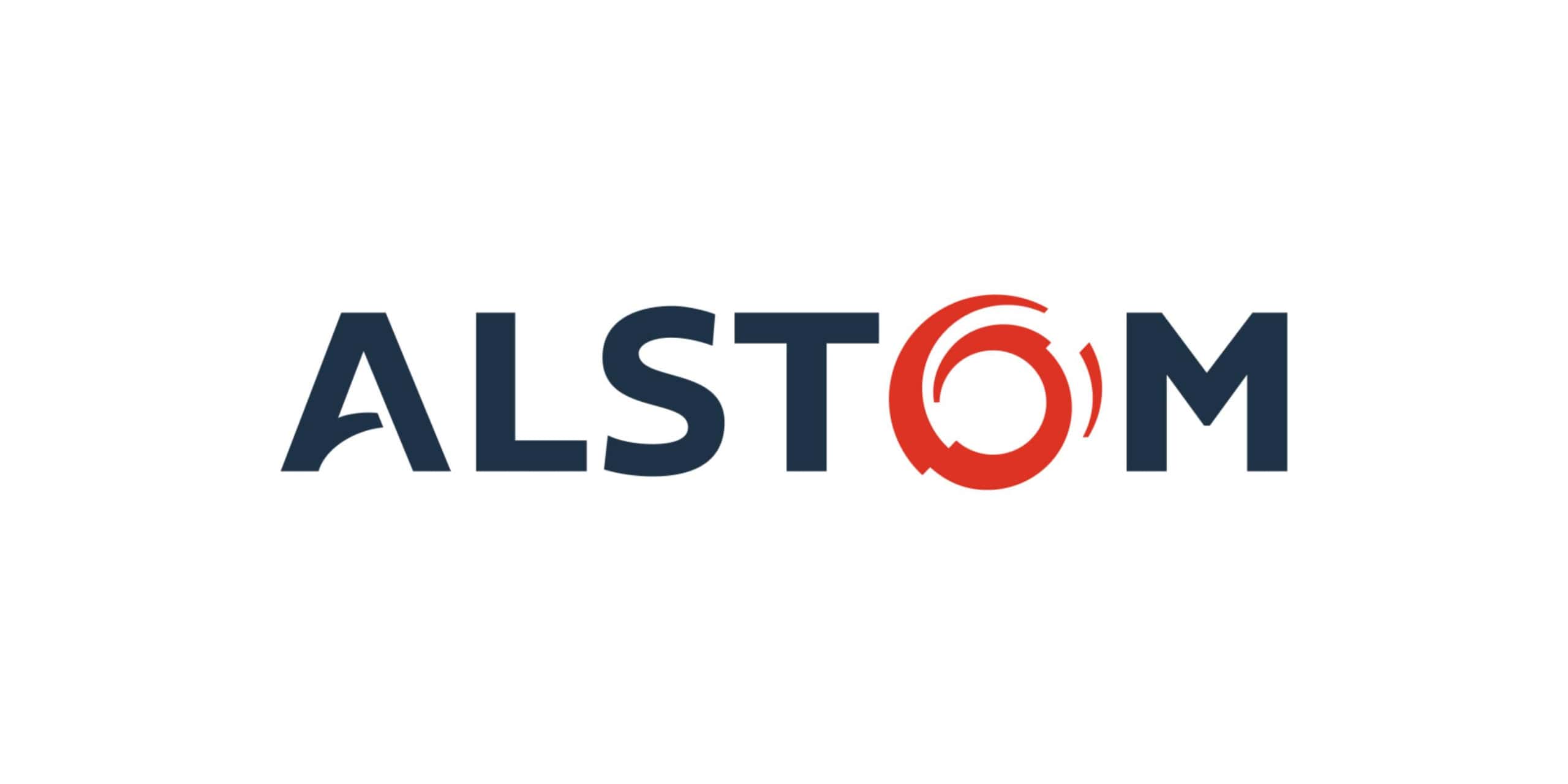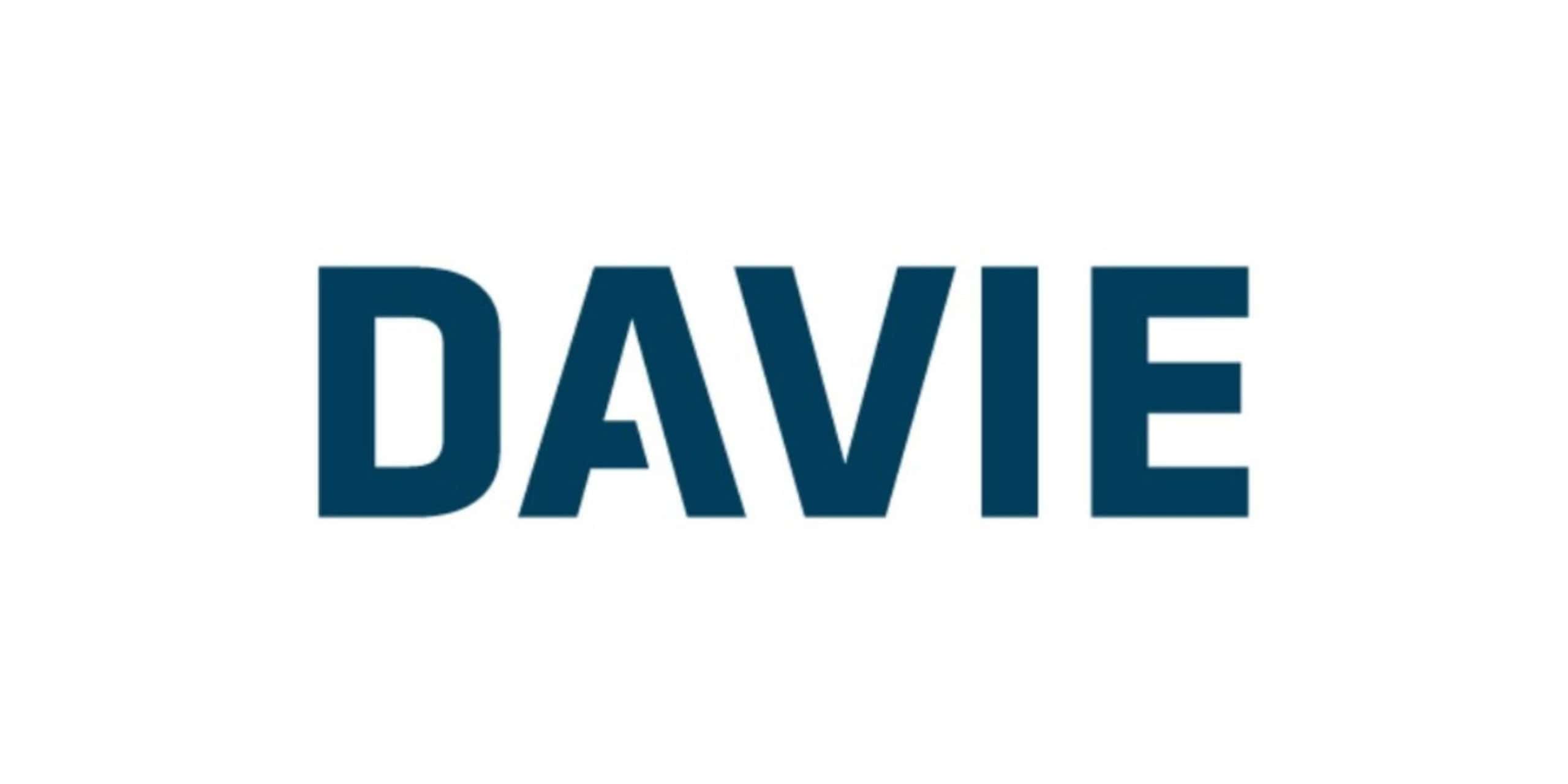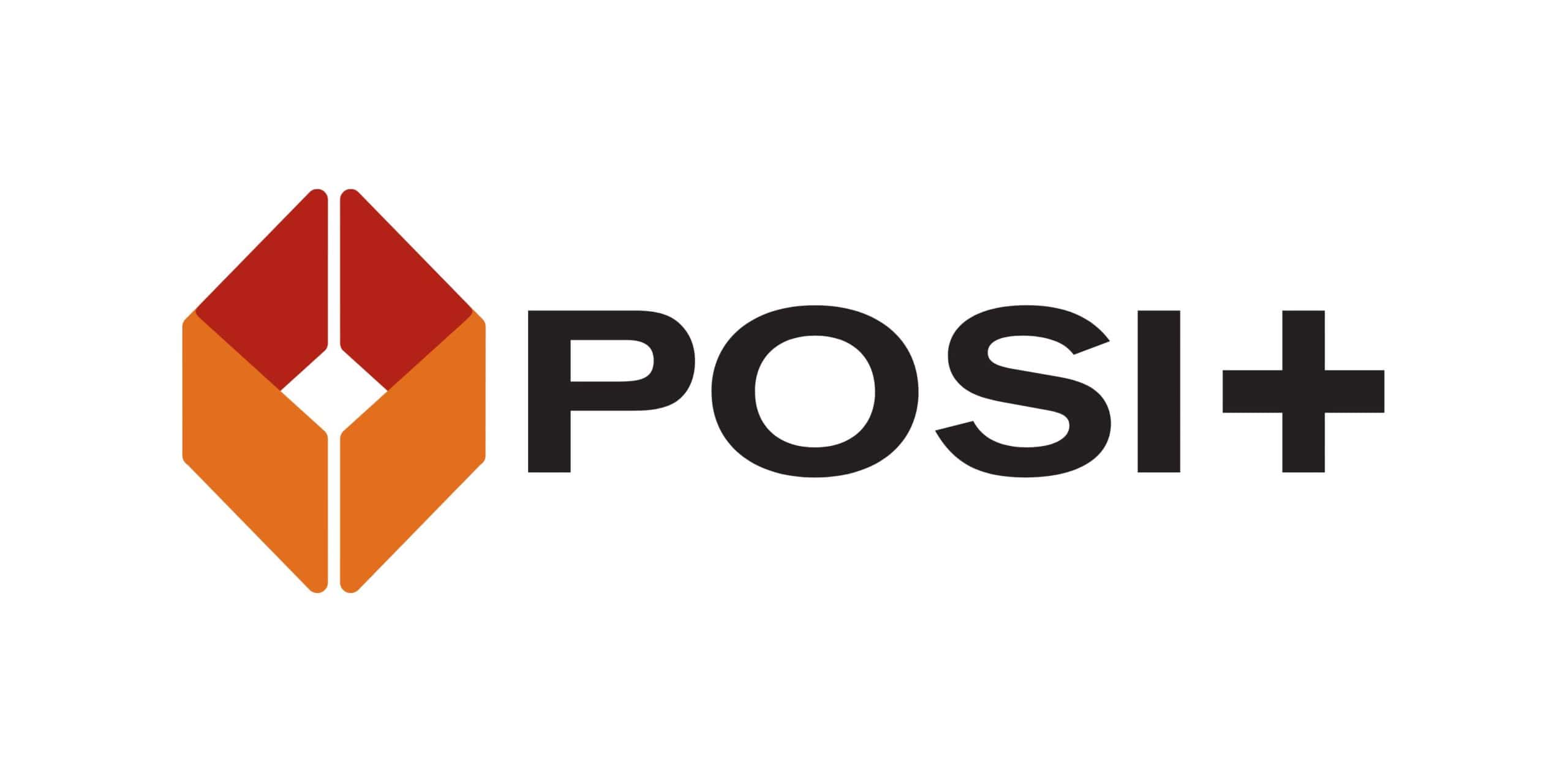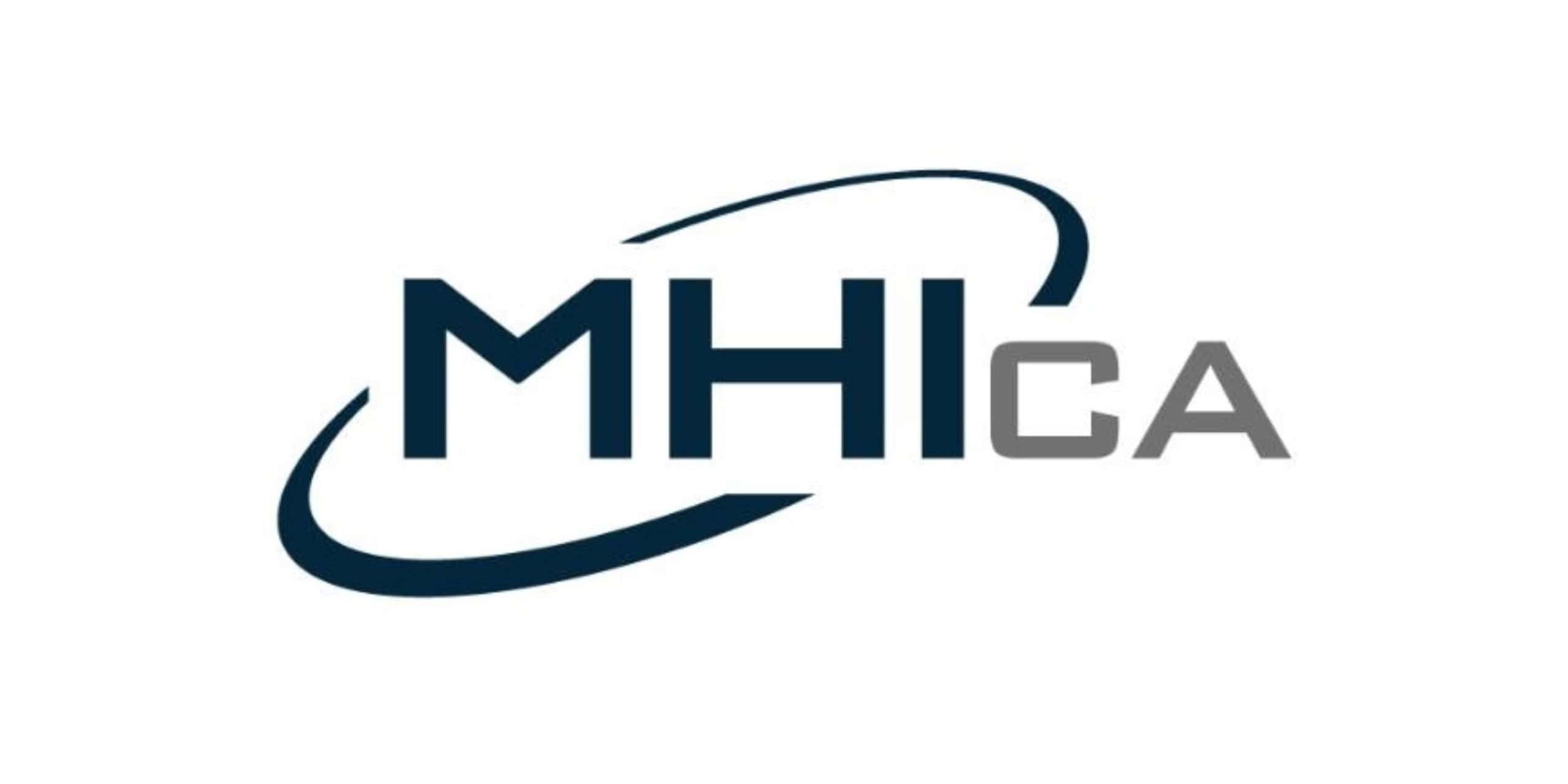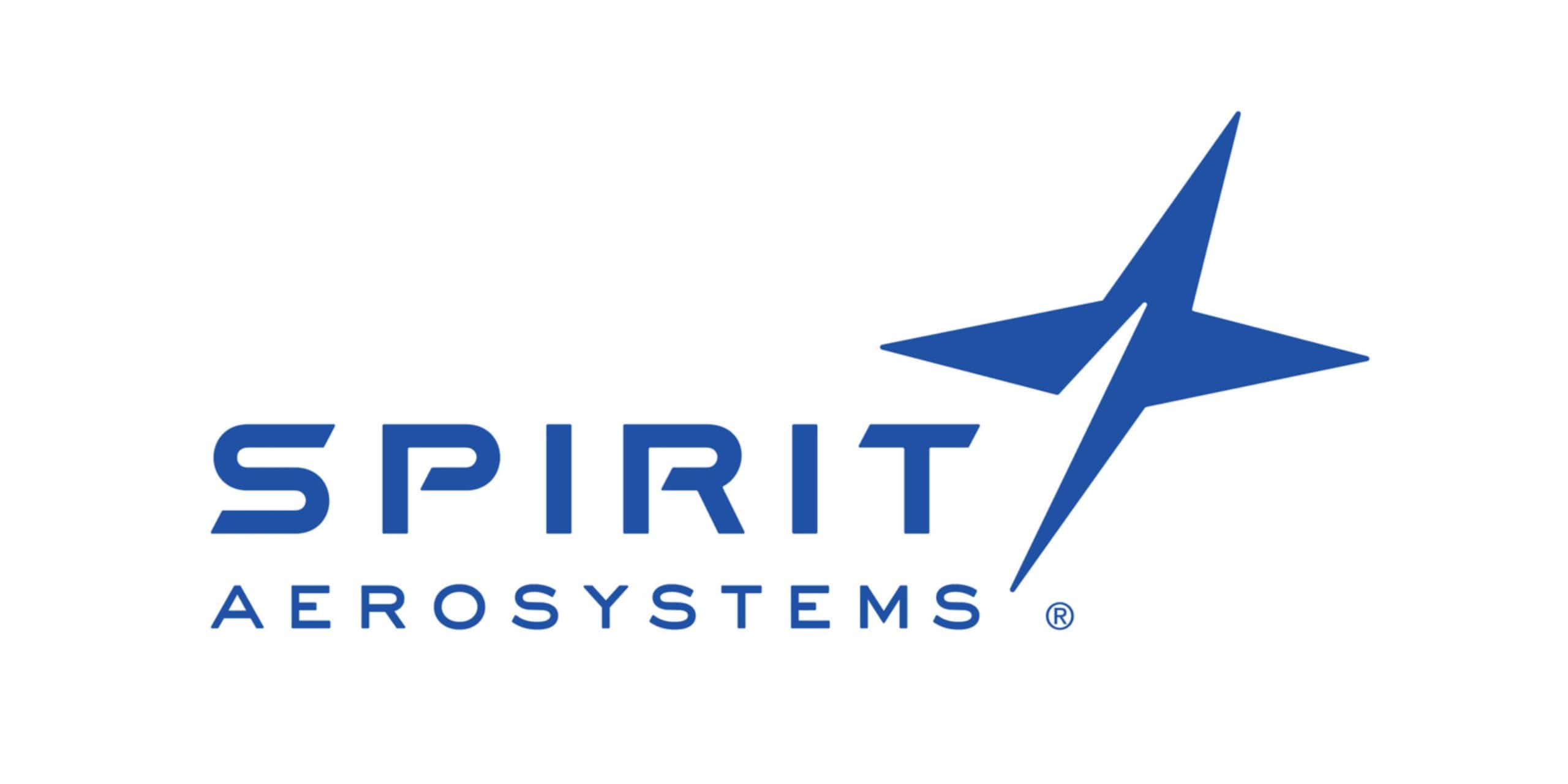Supply chain cybersecurity faces unprecedented challenges in 2025, with attacks surging 431% since 2021. Organizations must implement robust risk management frameworks, conduct thorough vendor assessments, deploy advanced threat detection systems, train employees regularly, and establish incident response protocols to safeguard their interconnected operations from increasingly sophisticated threat actors.
The Evolving Landscape of Supply Chain Cybersecurity
Supply chain companies increasingly rely on digital technologies to enhance operations and boost efficiency. Unfortunately, managing supply chain risks has become more challenging, expensive, and time-consuming than ever before. Organizations that neglect these risks face severe vulnerabilities to cyberattacks that can damage entire business networks.
According to the World Economic Forum’s Global Cybersecurity Outlook, supply chain vulnerabilities now represent the top ecosystem cyber risk facing global businesses. Recent statistics paint an alarming picture: between 2021 and 2023, supply chain attacks surged by a staggering 431%, with projections indicating continued dramatic increases throughout 2025. Manufacturing sectors face the highest risk levels, scoring 11.7% below global cybersecurity averages.
The interconnectedness of modern supply chains creates a perfect environment for cyber criminals. When one link falls victim to an attack, the entire chain becomes compromised. Large organizations share sensitive information with hundreds of vendors, creating numerous potential entry points for threat actors. Companies with revenues exceeding $50 million now face a 2.5 times greater risk of cyber incidents compared to smaller operations.
| Cybersecurity Challenge |
Insights |
Value to Businesses |
| Supply Chain Attacks |
431% increase since 2021, targeting trusted relationships between businesses and vendors |
Protecting critical infrastructure and operational continuity |
| Ransomware Threats |
The primary attack vector for critical infrastructure, causing an average downtime of 16 days |
Preventing financial losses and production disruptions |
| Third-Party Risks |
41% of significant cyberattacks originate from vendors or partners7 |
Strengthening security across the entire supply ecosystem |
| AI-Driven Threats |
Sophisticated attacks leveraging artificial intelligence to bypass traditional defenses |
Enhancing detection capabilities and response protocols |
Common Cyber Threats in Supply Chain Management
These include:
Supply Chain Attacks
Supply chain attacks leverage the implicit trust between businesses and their vendors, using a single vulnerable link to infiltrate multiple organizations. In 2025, these attacks have become increasingly prevalent due to several factors: rapid digitization, rising complexity in supply networks, and the high-value information accessible from a single entry point.
The SolarWinds attack from 2020 demonstrated how devastating these attacks can be, and 2025 has already seen similar sophisticated breaches affecting thousands of organizations simultaneously. Businesses embedded in software supply chains face particular challenges, as recent studies reveal that a significant portion of software modules rely on vulnerable components within their supply chains. Mapping these dependencies below first-tier suppliers remains extraordinarily difficult, compounding security challenges for organizations of all sizes.
Ransomware Attacks
Ransomware poses a significant threat to supply chains. These attacks encrypt critical systems and data, demanding payment for decryption keys. The December 2024 attack on Blue Yonder, a leading supply chain software provider, demonstrates the far-reaching impacts of such incidents. The attack disrupted services for thousands of businesses, including major retailers like Starbucks and supermarket chains in the United Kingdom.
Ransomware operators have grown more sophisticated, specifically targeting companies deeply embedded in global supply networks. Their strategy focuses on maximizing disruption to increase pressure for payment. Victims face an impossible choice: pay enormous ransoms or suffer extended operational downtime averaging 16 days per incident.
Manufacturing, logistics, and healthcare supply chains remain primary targets due to their critical nature and often fragmented security infrastructures. Pharmaceutical distribution has been particularly hard hit, with the early 2024 Cencora attack disrupting medicine availability across multiple regions.
Data Breaches
Data breaches involving supply chain partners have reached alarming levels in 2025. The Oracle Cloud breach on March 21, 2025, represents one of the year’s most significant incidents, where a threat actor exfiltrated approximately 6 million records, impacting over 140,000 tenants across multiple industries.
Modern data breaches in supply chains frequently target identity and access management systems, as demonstrated by this attack on Oracle’s Single Sign-On and LDAP systems. By compromising authentication mechanisms, attackers gain persistent access to multiple connected systems across organizational boundaries.
The financial impact of these breaches continues to grow, with the average cost now exceeding $5.8 million for supply chain companies. Beyond immediate costs, organizations suffer reputational damage and regulatory penalties. Recovery timelines have expanded to an average of 320 days for comprehensive identification, remediation, and recovery from third-party breaches.
AI-Driven Attacks
AI-driven threats represent an emerging and particularly dangerous threat vector for supply chains. Cybercriminals now leverage artificial intelligence to develop highly targeted attacks that bypass traditional security measures. These systems can analyze public and stolen data to identify vulnerabilities unique to specific supply networks.
Machine learning algorithms enable attackers to create convincing phishing campaigns tailored to specific organizations or even individuals within supply chain operations. The commoditization of AI tools has lowered barriers to entry for cybercriminals, allowing even less technically sophisticated actors to mount effective campaigns.
Security experts predict the continued acceleration of this trend throughout 2025, with AI systems being used to identify vulnerabilities, optimize attack timing, and automate exploit development. Organizations without correspondingly advanced defensive capabilities face significant disadvantages against these evolving threats.
IoT Vulnerabilities
Internet of Things devices create substantial security risks as supply chains incorporate more connected sensors and equipment. According to cybersecurity analysts, IoT devices typically experience attempted attacks within minutes of connecting to the internet.
The manufacturing sector has rapidly adopted IoT technologies to optimize production and improve efficiency. However, these implementations often prioritize functionality over security, creating significant gaps in protection.
Supply chain companies utilizing Industrial IoT (IIoT) face particular challenges as these systems frequently connect traditionally isolated operational technology networks to corporate IT infrastructure. Thus, this convergence creates new attack vectors that can directly impact physical production processes.
Cybersecurity Strategies for Supply Chain Management
- Risk Assessment and Management
- Vendor Security Management
- Employee Training and Awareness
- Implementing Security Protocols
- Continuous Monitoring and Updates
Risk Assessment and Management
Organizations must adopt a strategic approach to supply chain cybersecurity risk, formalized through dedicated strategies rooted in continuous screening of all dependencies. Start by identifying and documenting all vendors with access to systems or data. For each vendor, assess the type of access granted; data shared, and potential impact if compromised. Implement a risk-scoring system to prioritize security efforts toward the most critical relationships.
Follow the Plan-Do-Check-Act cycle recommended by ENISA for supply chain cybersecurity. Begin with supply chain risk assessment to understand potential vulnerabilities, then implement management practices addressing these risks, followed by continuous monitoring and improvement.
Organizations should integrate cybersecurity considerations into procurement processes, establishing security requirements before engaging new vendors. Leading companies now employ specialized third-party risk management platforms to automate assessment processes and maintain continuous visibility of their supply chain security posture.
Vendor Security Management
Supplier relationship management has become a critical component of cybersecurity strategy. According to the 2024 Global Cybersecurity Outlook, 41% of organizations that suffered material impacts from cyberattacks report those attacks originated from third parties.
Establish clear security requirements for all vendors and incorporate these standards into contracts and service-level agreements. Create a tiered system requiring more rigorous controls for suppliers handling sensitive data or accessing critical systems.
Implement regular security assessments of key vendors, either through self-attestation questionnaires or independent audits. Leading organizations now require suppliers to maintain specific certifications like ISO 27001 or SOC 2 Type II compliance.
Develop collaboration channels with strategic suppliers to share threat intelligence and coordinate response efforts. Many industries have established Information Sharing and Analysis Centers (ISACs) specifically focused on supply chain security threats, enabling coordinated defensive measures across entire sectors.
Employee Training and Awareness
Human factors remain critical in preventing supply chain cyber incidents. Comprehensive training programs must address both general cybersecurity awareness and supply chain-specific threats. Implement role-specific training for employees who manage vendor relationships, focusing on recognizing social engineering attempts targeting supply chain relationships.
Conduct simulated phishing exercises that mimic supply chain-specific scenarios, such as fake vendor communications requesting credential verification or payment changes. Establish clear procedures for verifying communications related to supplier management, especially those involving financial transactions or access changes.
Create reporting mechanisms for suspicious activities and reward employees who identify potential threats. Senior leadership involvement significantly improves security culture. Organizations showing the strongest security postures have executives who regularly communicate about cybersecurity priorities and model appropriate behaviors.
Implementing Security Protocols
Robust cybersecurity protocols provide the foundation for protecting supply chain operations. Begin with a zero-trust architecture that verifies every user and device attempting to access resources, regardless of location or previous authentication.
Implement multi-factor authentication for all supply chain systems, especially those accessible to external partners. Strong access controls should follow least-privilege principles, ensuring vendors can only access resources necessary for their specific functions.
Secure data sharing with suppliers through encrypted communications channels and data loss prevention tools that monitor for unauthorized information transfers. Implement endpoint detection and response solutions capable of identifying suspicious activities that might indicate a compromise.
Segment networks to isolate supply chain management systems from other corporate resources, limiting lateral movement if perimeter defenses are breached. For critical operational technology environments, maintain air-gapped networks where possible to prevent attacks from compromising production systems.
Continuous Monitoring and Updates
Vulnerability handling requires ongoing vigilance. Establish continuous monitoring systems to detect anomalous behaviors across supply chain networks and applications. Implement automated scanning tools that regularly check for known vulnerabilities in both internal systems and vendor-provided solutions.
Create a formal patch management process prioritizing updates based on risk level and operational impact. For critical systems where immediate patching might disrupt operations, implement compensating controls while planning for maintenance windows.
Conduct regular penetration testing specifically targeting supply chain systems and third-party connections. Leading organizations now employ “purple team” exercises where internal defenders work alongside ethical hackers to improve detection and response capabilities.
Establish a dedicated security operations center with capabilities to monitor supply chain-specific threats. These teams should maintain current threat intelligence focused on attacks targeting your industry and supply chain model.
What to Expect in Supply Chain Cybersecurity for the Rest of 2025
Several major trends will shape supply chain cybersecurity through the remainder of 2025. Geopolitical tensions and digital sovereignty concerns continue to drive governmental interventions in cybersecurity, with new regulations specifically targeting supply chain protections.
Increased attacks targeting operational technology represent a growing concern, particularly for the manufacturing and energy sectors. Cyberattacks on machinery and robotics could severely disrupt production and service delivery, directly impacting supply chain resilience.
The expansion of AI-driven threats will accelerate as cybercriminals leverage increasingly accessible artificial intelligence tools. Organizations must develop corresponding defensive capabilities, including AI-powered security analytics and automated response systems.
Industry collaboration will become increasingly important as organizations recognize that supply chain security requires a coordinated effort across entire ecosystems. Expect expanded information-sharing initiatives and cooperative defense mechanisms within and across sectors.
Final Words About Cybersecurity in Supply Chain Management
Supply chain cybersecurity presents complex challenges requiring comprehensive, layered approaches. Organizations must recognize that their security posture extends beyond corporate boundaries to encompass all connected partners and vendors.
Successful strategies balance advanced technical controls with robust processes for vendor assessment, employee training, and incident response. Leading organizations have elevated supply chain cybersecurity from an IT concern to a strategic business priority with executive oversight and board-level visibility.
Sources:








